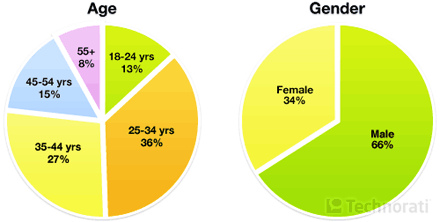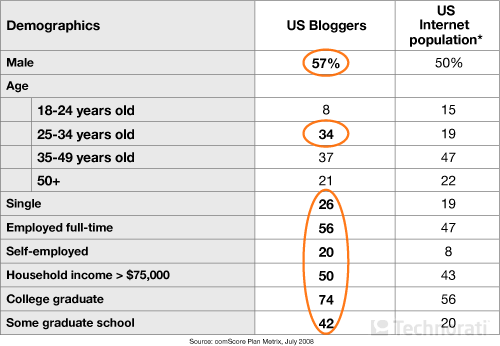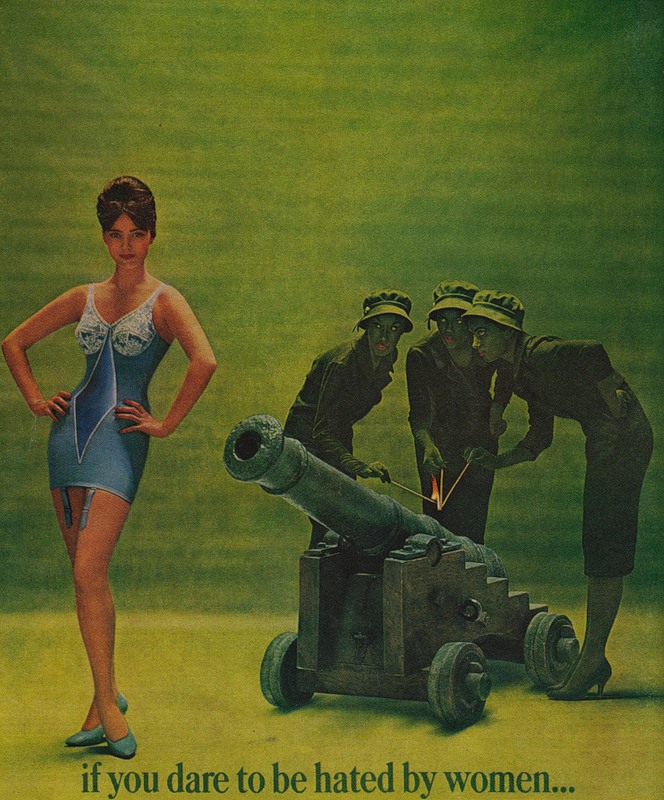I am in Munich for the month and last week I visited the Dachau Concentration Camp Memorial. I was struck by the difference between the tour I took here and the tour I took of the Lara Plantation just outside of New Orleans in May. Visiting Dachau put the two modes of remembrance into stark contrast. Without trying to argue that the holocaust and U.S. slavery are the same in every way, I would like to suggest that both are tragic histories that included unimaginable human suffering. Yet, the tours were very different.
I’ll start with Dachau.
The first thing that our tour guide did was impress upon us, in no uncertain terms, that Hitler was a terrible man, that the things that happened under his rule were indescribably inhumane, and that the concentration camps were death camps, pure and simple, with or without a gas chamber. In case his words were not clear enough, we took in a 22-minute video featuring photographs and narratives, all camp specific. No details, no horror, no gore was spared.
The entry gates lead to the main square in the camp where prisoners were required to congregate each morning and evening. What dominates the square today isn’t the guard towers, though they are present and meticulously reconstructed, it is the memorial by Yugoslav sculptor Glid Nandor. I had seen this sculpture in pictures before and have always found it to be one of the most impactful pieces of art I have ever seen.
The artist, who had been a prisoner in one of Hitler’s concentration camps himself, meant for the sculpture to commemorate the prisoners who had committed suicide by throwing themselves against the electrified gates of the camp. I appreciate that the sculptor makes no attempt to ease our acknowledgment of the horror and hopelessness of life in the camps.
This main memorial sculpture was one of many. There were four memorial buildings, about six monuments, the museum, and a convent that had been located on the site. And memorials are still being added. The gift shop sold books and documentaries.
My impression was that the Germans took this deadly seriously and I was impressed by the way that the Germans are handling their national tragedy. They seem fully committed to owning this tragedy so as to never ever allow anything like it to happen anywhere again. Never did the guide try to sugarcoat the holocaust, minimize the tragedy, or put anything into a measured perspective.
All of this may seem unremarkable. We’ve all heard that Hitler and his concentration camps were bad before. Hitler is, no less, synonymous with evil. Accordingly, it may seem to you that it could not be otherwise; it may seem that this tour of the Dachau concentration camp was the only possible tour that could exist.
Let’s turn to the Lara Plantation tour. The main story in this tour was about the glamorous lives of Lara (the strong-willed female head of the plantation) and her family members. Plantation life was romanticized: strong women, dueling men, wine collections, expensive furniture, distinguished visitors, breeze basking and mint julep drinking, and an ever-expanding fortune.
The plantation was done up to look gorgeous:
I would guess that about 15-20 percent of the tour was spent on slave life. They showed us some documents listing the slave “inventory” at its peak, they talked about laws regarding slaves and how they differed from laws elsewhere in the U.S., they revealed that the Br’er Rabbit stories were originally collected from slaves there, they discussed the extent of the sugarcane fields, and they allowed us to walk through this reconstructed two-family cabin (mentioning that slaves were allowed to have gardens):
In contrast to the almost obscene documentation of the abuse and murder of concentration camp prisoners, this was the only image of a slave that I saw during the entire tour:
The image shows one slave and the two rows of slave cabins reaching back into the sugar cane from the year behind the main house. You can compare the reconstructed cabin with those in the image. It’s hard to say, but I’m not sure I see cute picket fences and gardens.
Here are some things that were not included in the tour: extended discussions of the health of slaves, their physical and emotional abuse, the breeding programs, rape, their punishing labor, the destruction of their families, the age at which slaves began to work, and all of the other indescribably inhumane things about human slavery.
The gift shop sold jam and honey, CDs, yummy smelling candles, candy bars, New Orleans hot sauces, dried alligator heads, little angels made out of picked cotton… and Lara’s memoirs.
The contrast with the Dachau tour was nothing short of stunning.
Could the Lara Plantation do a tour that mirrored that of Dachau? Absolutely.
Should they do that tour? Absolutely.
Plantations were many other things, but they were also the engine of slavery. It is this that should stand out as the most important thing about them. Concentration camps were many other things as well (e.g., a military training site, a daily job site for German soldiers, a factory producing goods, and a strategic part of the war effort), but we have absorbed the important lessons from them so thoroughly that it is difficult to even imagine what an alternative tour might look like. In contrast, one can visit the Lara Plantation and come away not really thinking about slavery at all, in favor of how pretty the china was and oooh did you smell that candle as we walked by? Delicious. I need a coke, you?
A lot of Americans, when Germany is mentioned, express disbelief that a people could live with a history like the holocaust. But Americans do live with a history like the holocaust, we just like to pretend it never happened. While Germany is processing its participation in a human rights tragedy, the U.S. is denying its own; while Germany is confronting its own ugly history for the betterment of the world, we are busy preserving the myth of U.S. moral superiority.
The plantation pictures are mine and the Dachau pictures are borrowed from here and here.
—————————
Lisa Wade is a professor of sociology at Occidental College. You can follow her on Twitter and Facebook.
Lisa Wade, PhD is an Associate Professor at Tulane University. She is the author of American Hookup, a book about college sexual culture; a textbook about gender; and a forthcoming introductory text: Terrible Magnificent Sociology. You can follow her on Twitter and Instagram.





